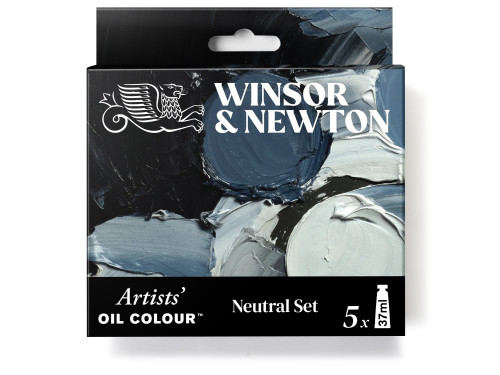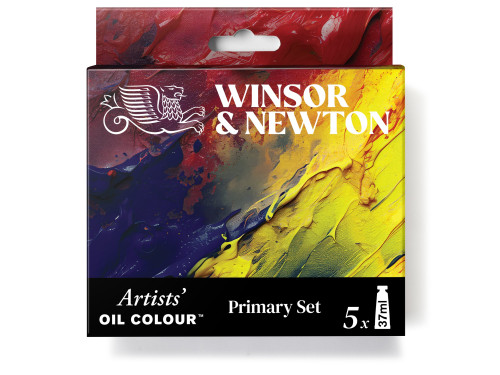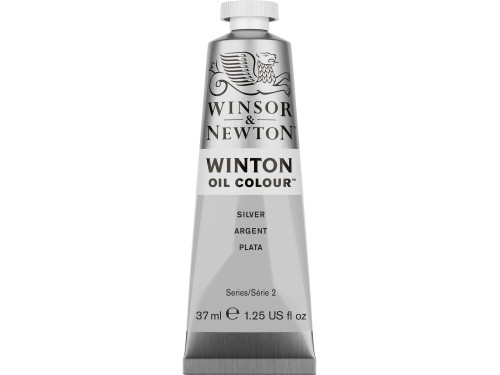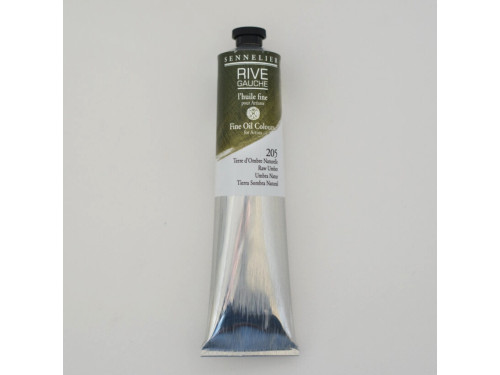Oil paints entered into wider use in the 14th century, but became the most popular about 100 years later. They were used to create paintings by the world’s greatest artists. Due to their properties unavailable to other types of paints, oil paints still play an important role in painting.
They are made on the basis of a binder, which is oil, providing them thick, creamy consistency, depthf of color and incomparable durability. Oil paintings will survive tens or even hundreds of years. Oil paints do not dissolve in water. To dilute them you can use oils such as linseed oil, safflower oil and poppyseed oils or solvents, for example turpentine. Oil paints hardens by oxidation, which takes much longer to dry, compared to water-based paints such as acrylic paints. Thanks to this, oil paints retain their plasticity for several days, and sometimes even for several months, what allow you painting for couple days and apllying corrections for a long time. To ensure even greater durability of oil paintings, it is worth to remember about the varnish with which you can coat the drying paint.
The oil technique is based on painting from dry to greasy layers. We should start with a diluted color, and then apply a thicker, dense layer. Due to the fact that oil paints have been used in painting for hundreds of years, their high durability is verifiable. Just take a look at the oil paintings of great painters, which can still be admired on the walls of museums. Additionally, oil paints are relatively universal. We can apply the paint with a thicker, covering layer, or dilute it in oil or solvent, which makes it easy to layer the paint and gradate its opacity. But that's not all. After drying, oil paints do not change their color, so the entire creative process can be fully controlled by the painter.
At PaperConcept you will find many of oil paints series, dedicated to both students and amateurs such as Winsor & Newton oils from the Winton series, but also such as Rembrandt Talens which is a common choice among professional artists.
Oil paints entered into wider use in the 14th century, but became the most popular about 100 years later. They were used to create paintings by the world’s greatest artists. Due to their properties unavailable to other types of paints, oil paints still play an important role in painting.
They are made on the basis of a binder, which is oil, providing them thick, creamy consistency, depthf of color and incomparable durability. Oil paintings will survive tens or even hundreds of years. Oil paints do not dissolve in water. To dilute them you can use oils such as linseed oil, safflower oil and poppyseed oils or solvents, for example turpentine. Oil paints hardens by oxidation, which takes much longer to dry, compared to water-based paints such as acrylic paints. Thanks to this, oil paints retain their plasticity for several days, and sometimes even for several months, what allow you painting for couple days and apllying corrections for a long time. To ensure even greater durability of oil paintings, it is worth to remember about the varnish with which you can coat the drying paint.
The oil technique is based on painting from dry to greasy layers. We should start with a diluted color, and then apply a thicker, dense layer. Due to the fact that oil paints have been used in painting for hundreds of years, their high durability is verifiable. Just take a look at the oil paintings of great painters, which can still be admired on the walls of museums. Additionally, oil paints are relatively universal. We can apply the paint with a thicker, covering layer, or dilute it in oil or solvent, which makes it easy to layer the paint and gradate its opacity. But that's not all. After drying, oil paints do not change their color, so the entire creative process can be fully controlled by the painter.
At PaperConcept you will find many of oil paints series, dedicated to both students and amateurs such as Winsor & Newton oils from the Winton series, but also such as Rembrandt Talens which is a common choice among professional artists.




































